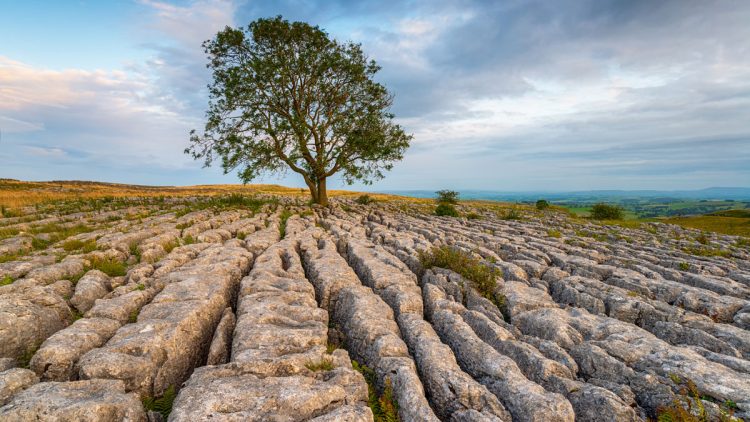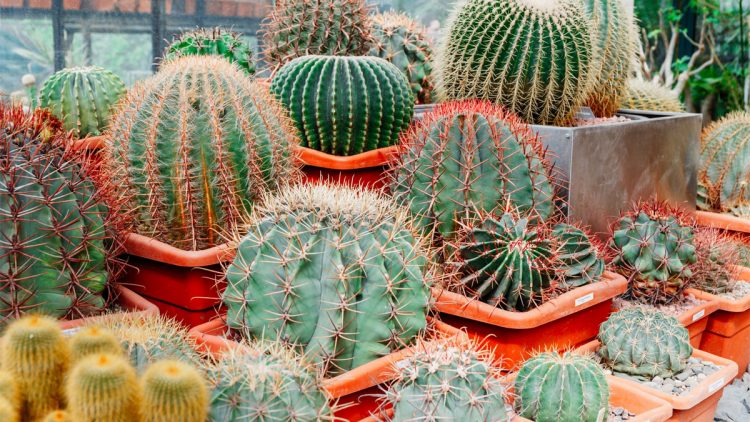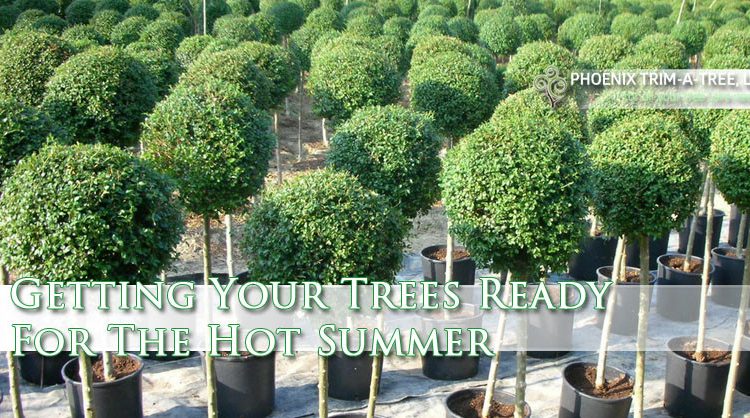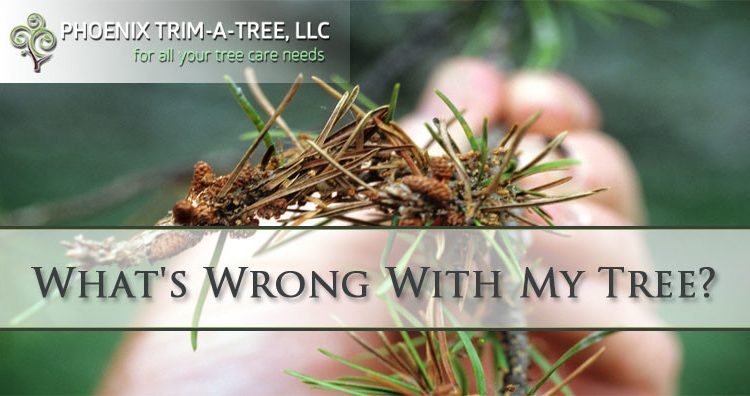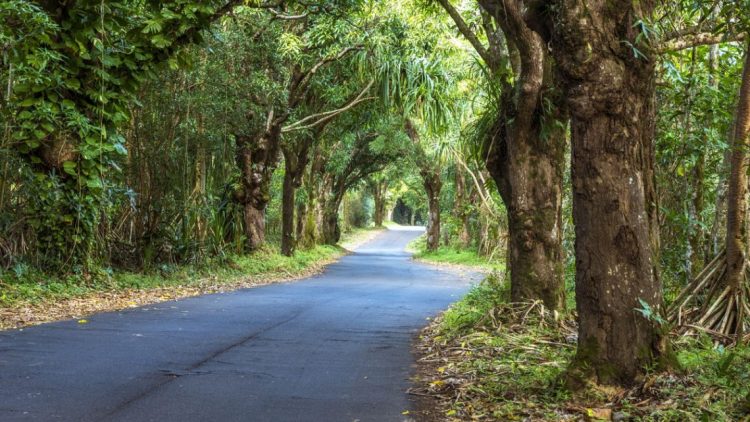When Does An Arizona Ash Tree Need Pruning?
When Does An Arizona Ash Tree Need Pruning?
GET A FREE ESTIMATE TODAY!
Arizona Ash trees do very well in the Arizona climate and there are in excess of 65 species in the state. Read on to learn more about how you can care for these magnificent trees and treat any diseases they may encounter.
SPECIES OF ASH TREE
Here are come of the most common and popular Arizona Ash Trees together with their latin names you cna find in the state of Arizona.
- SINGLE LEAF ASH – Fraxinus Anomala
- SHAMEL ASH – Fraxinus Uhdei (Aka. ‘Tropical Ash’)
- RAYWOOD ASH – Fraxinus Oxycarpa
- LITTLELEAF ASH – Fraxinus Greggii
- GREEN ASH – Fraxinus Pennsylvanca (Aka. ‘Water Ash’ Or ‘Swamp Ash’)
- GOODDING ASH – Fraxinus Gooddingii
- FRAGRANT ASH – Fraxinus Cuspidate
- FANTEX ASH – Fraxinus Velutina (Aka. ‘Rio Grande Ash’)
- CHIHUAHUA ASH – Fraxinus Papillosa
- ARIZONA ASH – Fraxinus Velutina (Aka. ‘Modesto Ash’ Or ‘Velvet Ash’)
An Arizona ash tree (Fraxinus velutina) benefits from regular pruning to maintain its health, shape, and structural integrity—especially in Arizona’s climate. Here’s a breakdown of when and why to prune:
🕒 Best Time to Prune Arizona Ash Trees
-
Late Winter to Early Spring (January – March) is the ideal time.
-
The tree is dormant, so pruning causes less stress.
-
It’s easier to see the branch structure without leaves.
-
Wounds heal faster as growth resumes in spring.
-
✂️ When Additional Pruning May Be Needed
-
After Monsoon Season (Late Summer/Fall)
-
To remove any storm-damaged or broken limbs.
-
Helps prevent fungal infections from water-soaked limbs.
-
-
Young Trees
-
Light shaping can be done year-round for structure, but avoid heavy pruning in hot months.
-
🔍 Signs Your Arizona Ash Needs Pruning Now
-
Dead, dying, or diseased branches
-
Branches rubbing against each other
-
Overly dense canopy blocking air or light
-
Low-hanging limbs creating clearance issues
-
Water sprouts (thin vertical shoots from trunk or branches)
⚠️ Avoid Pruning:
-
In summer heat (June–August) unless necessary for safety, as it can stress the tree.
-
During spring leaf-out (April) or fall leaf-drop (October–November), when energy demands are high.
If your ash tree is large or close to structures, it’s wise to consult an ISA-certified arborist in Arizona for safe and expert pruning.
TREE TRIMMING AND REMOVAL IN PHOENIX
If you own a property in the Phoenix Valley our team of trained, licensed, and insured tree cutting professionals will cut down and remove your tree safely and affordable. Every one of our skilled technicians understands our safe tree removal and cutting protocols and work together to get the job done quickly and safely. Keeping your property in the best condition possible while removing the tree is also our top priority. We remove the tree, clean up the mess, and leave your property in great condition.

